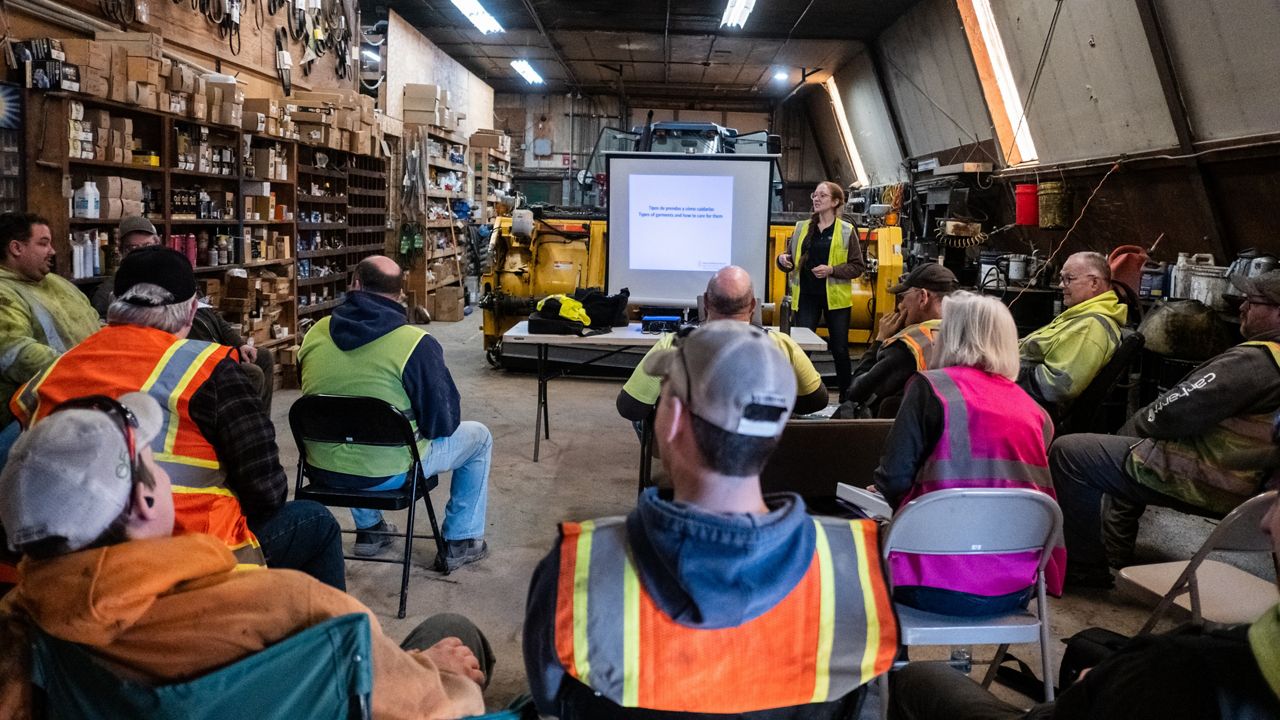The New York Center for Agricultural Medicine and Health is seeking increased funding for its safety services for farmers and farmworkers.
For the past 14 years, leaders with the organization say they have received flat funding of $1 million to facilitate on-farm training services. With the support of organizations like New York Farm Bureau and the Northeast Dairy Producers Association, officials are pushing legislation to double that funding.
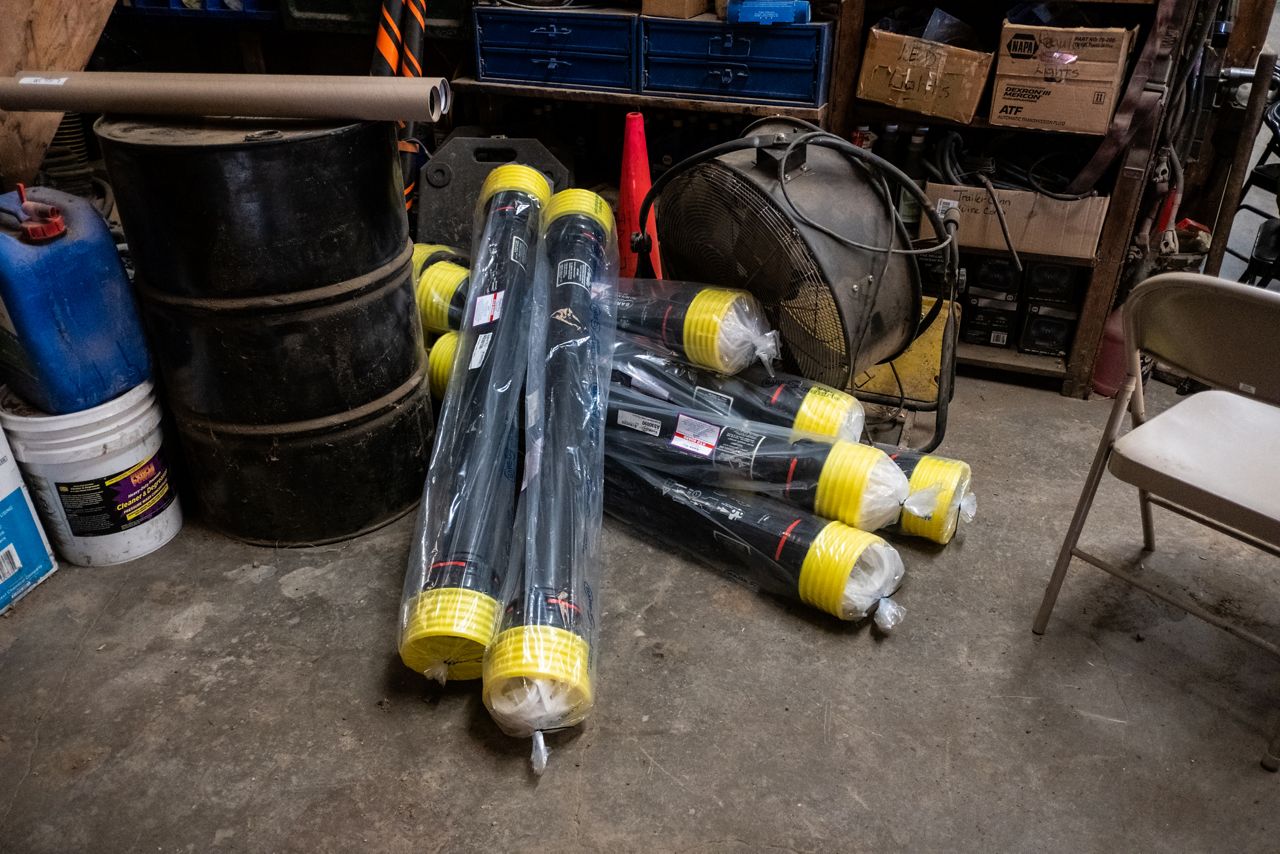
NYCAMH provides bilingual on-farm training for animal handling, first aid, CPR, tractor roll overs, safety around power take- off units and more.
“Farming is one of the most dangerous occupations still in the United States and some of the top causes for fatalities and non-fatal injuries include machinery issues like tractor rollovers, and machinery entanglements,” said Erika Scott, deputy director for NYCAMH.
According to the CDC, in 2021 the agriculture, forestry, fishing and hunting industry experienced a higher number of deaths than any other industry with 20 deaths per 100,000 workers nationwide.
In New York, there were 43 deaths related to agriculture from 2019-2021 with the highest cause coming from tractor rollovers and crashes.
“We help farmers put roll bars on their tractors, because it’s very dangerous and can be fatal when a tractor overturns and does not have a rollbar,” Scott said.
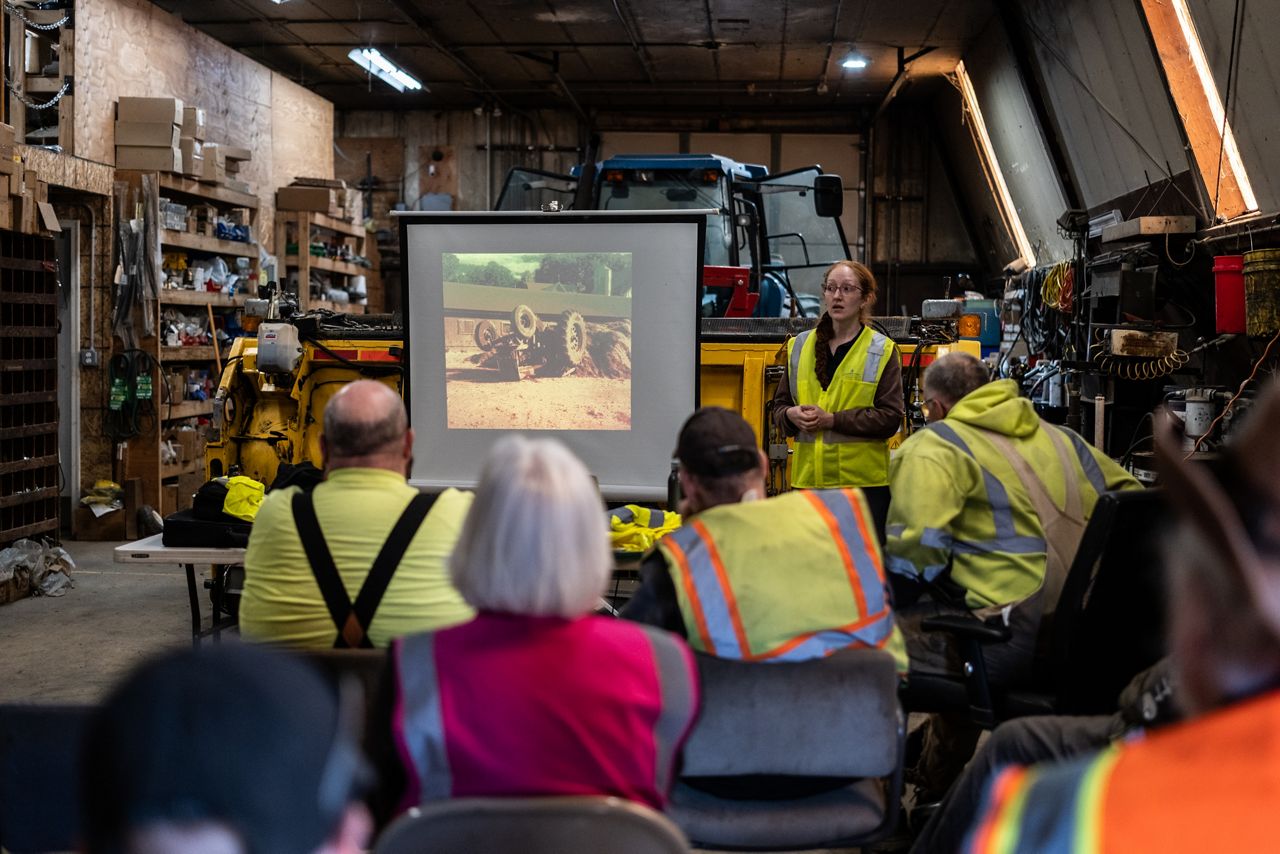
Republican Assemblyman John Lemondes, who represents parts of Cayuga and Onondaga counties and serves on the Agriculture Committee, supports the increase in funding for NYCAMH.
“I generally believe the $227 billion proposed Executive Budget is too expensive, however, we can invest when it comes to measures that improve safety and ensure efficiency – and that’s what the NYCAMH is seeking with their funding request,” Lemondes said.
Democratic state Sen. Michelle Hinchey, who chairs the Senate Agriculture Committee and represents parts of the Hudson Valley, said doubling the funding will help make sure the bilingual services are available for all agricultural workers.
“Protecting the health and safety of our farm workforce is a crucial mission of the New York Center for Agricultural Medicine and Heath program, not to mention essential to our state’s food security,” Hinchey said. “We are fighting to double funding for this vital program to help ensure that the incredibly valuable bilingual services it provides — from healthcare to technical assistance to safety training — are available to every New York State agricultural worker.”
NYCAMH’s budget is used for on-farm training courses rather than virtually as they are often more effective when participants can see things firsthand with the equipment they will be using, Scott said.
“We have found that for adult and youth education it’s a much more effective means to train,” Scott said.
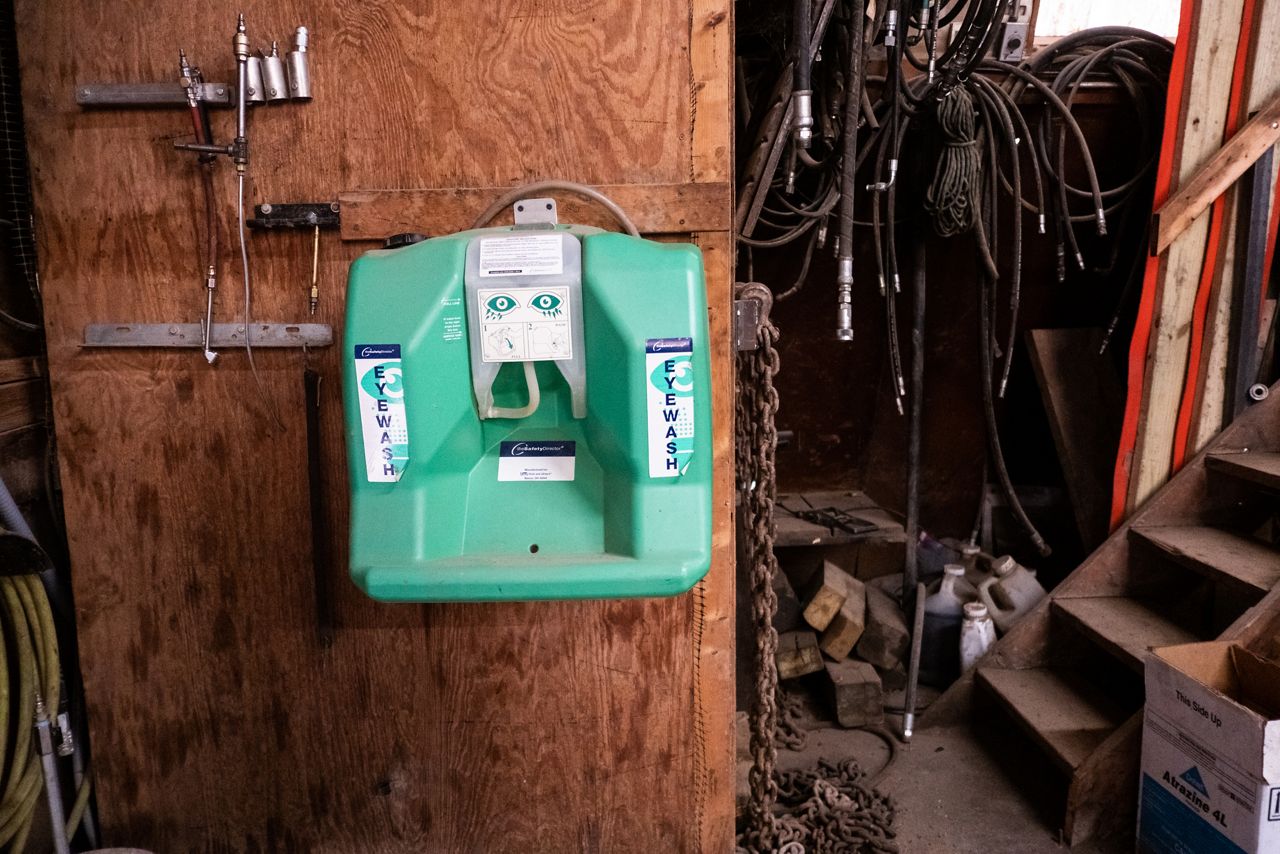
Training for youth who work and live on farms is done by NYCAMH in schools and through other organizations that work with kids connected to agriculture.
Kim Skellie, one of the partners at El-Vi Dairy in Newark, Ontario County, organizes training sessions for his employees at the dairy farm where they milk 2,000 cows daily and have 3,500 acres of crops.
“There’s certainly a lot of dangers that come with that not to mention chemical handling of various sorts so training for all of those needs is important,” he said. “Working with animals, getting stepped on or getting in a position where you get squeezed or pinched, we’ve had some finger damage, and we had somebody tear a tendon in their arm.”
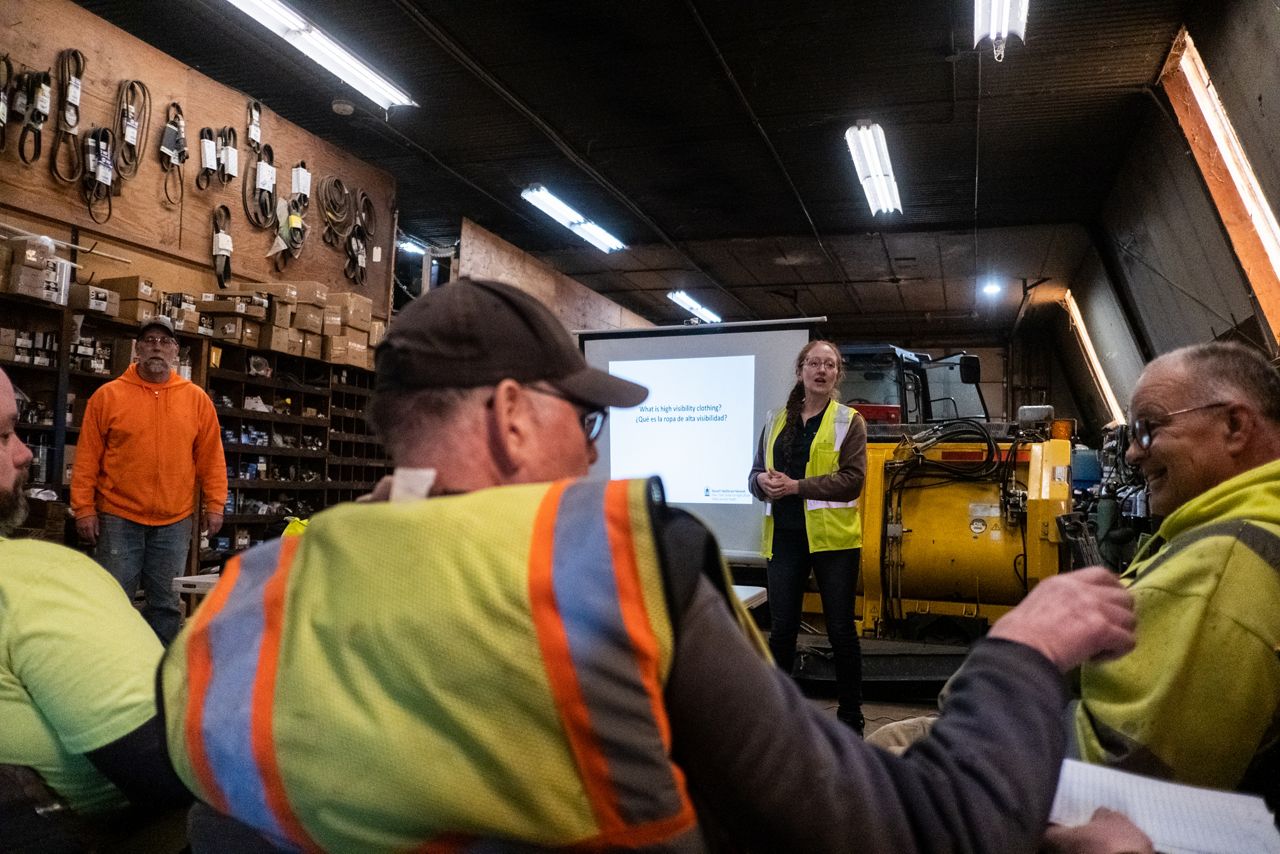
Another concern is operating farm vehicles such as tractors and skid-steers on the road.
“We did have one employee in a tractor accident, and it was caused by an unsafe truck driver coming down the road behind him,” Skellie said.
Non-farm drivers can be a risk to tractor operators when they do not slow down, or try to pass a farm vehicle too quickly, Skellie said.
“First and foremost, slow down when you see equipment,” he said.
Skellie said without NYCAMH, he would not be able to offer high-quality training to the employees at El-Vi.
“Their bilingual ability and the fact that they really study and watch safety programs around the country and bring those resources to us is invaluable because there really isn’t any other good option,” he said.



